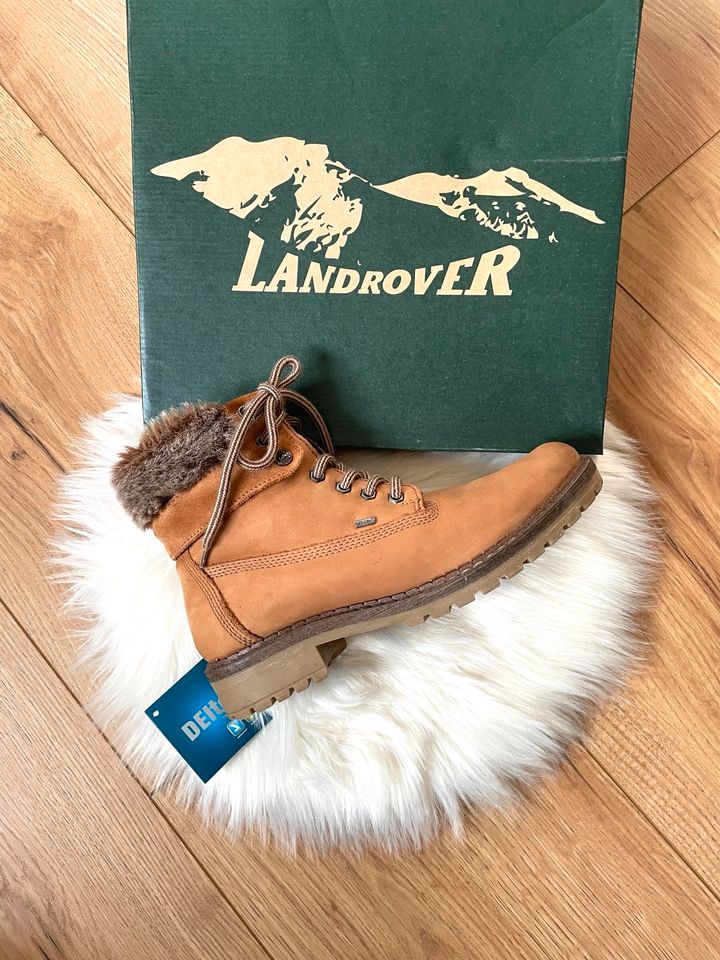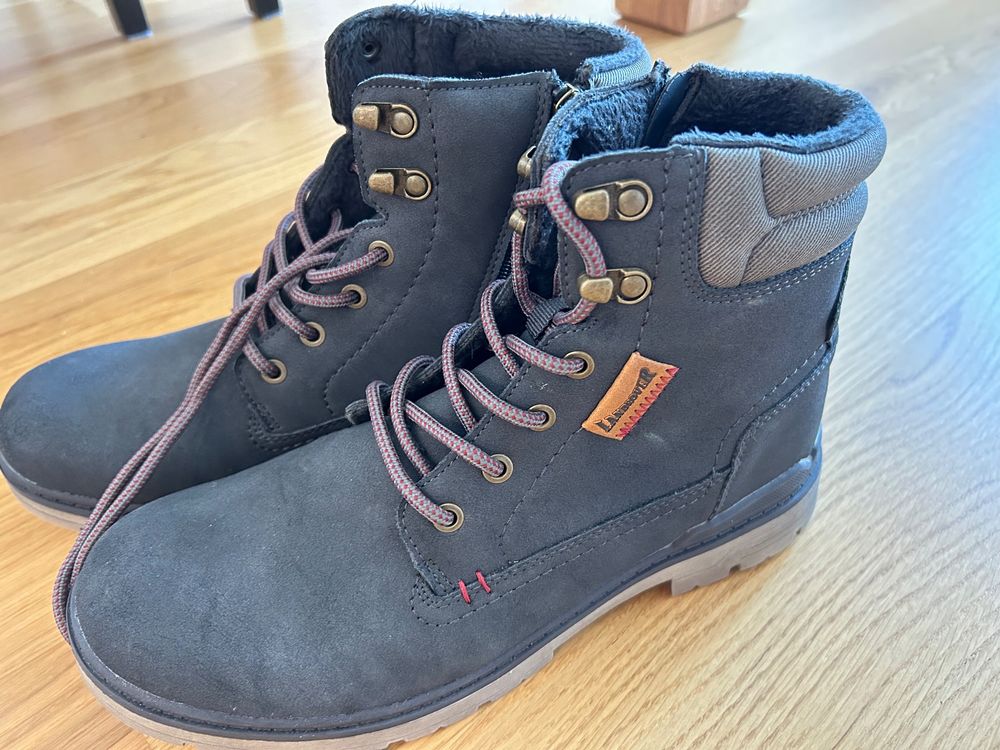
Stiefel Boots Landrover Winter Herbst gefüttert 38 beige in Nordrhein-Westfalen - Pulheim | eBay Kleinanzeigen ist jetzt Kleinanzeigen

Landrover Stiefel Gr. 38 selten getragen wie neu in Bayern - Kempten | eBay Kleinanzeigen ist jetzt Kleinanzeigen

Mens "Landrover" Fur Lined Casual Lace Up Boots In Honey 13723021 Footwear Wholesalers Trade Wholesale Importers Exporters

Landrover Stiefel Gr 38 in Baden-Württemberg - Schopfheim | eBay Kleinanzeigen ist jetzt Kleinanzeigen

Winter Stiefel, Landrover (Deichmann), 39 in Hessen - Weilmünster | eBay Kleinanzeigen ist jetzt Kleinanzeigen

LANDROVER Boots Stiefeletten Gr. 39 Schnürstiefel Fell Deichmann in Baden-Württemberg - Kuchen | eBay Kleinanzeigen ist jetzt Kleinanzeigen


















